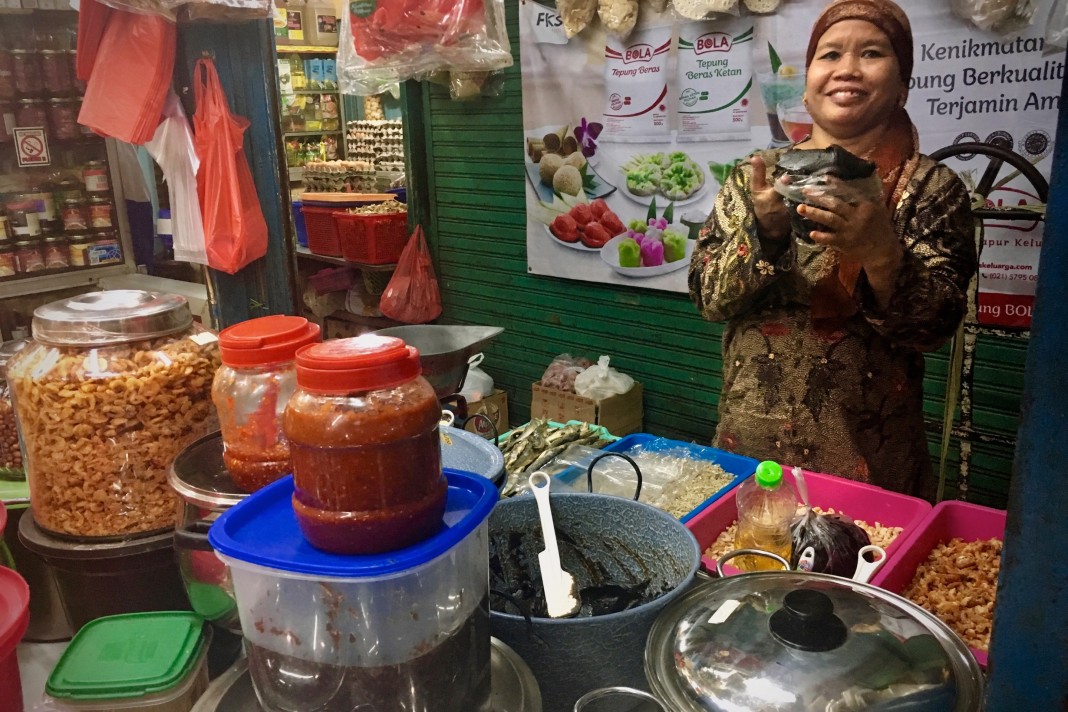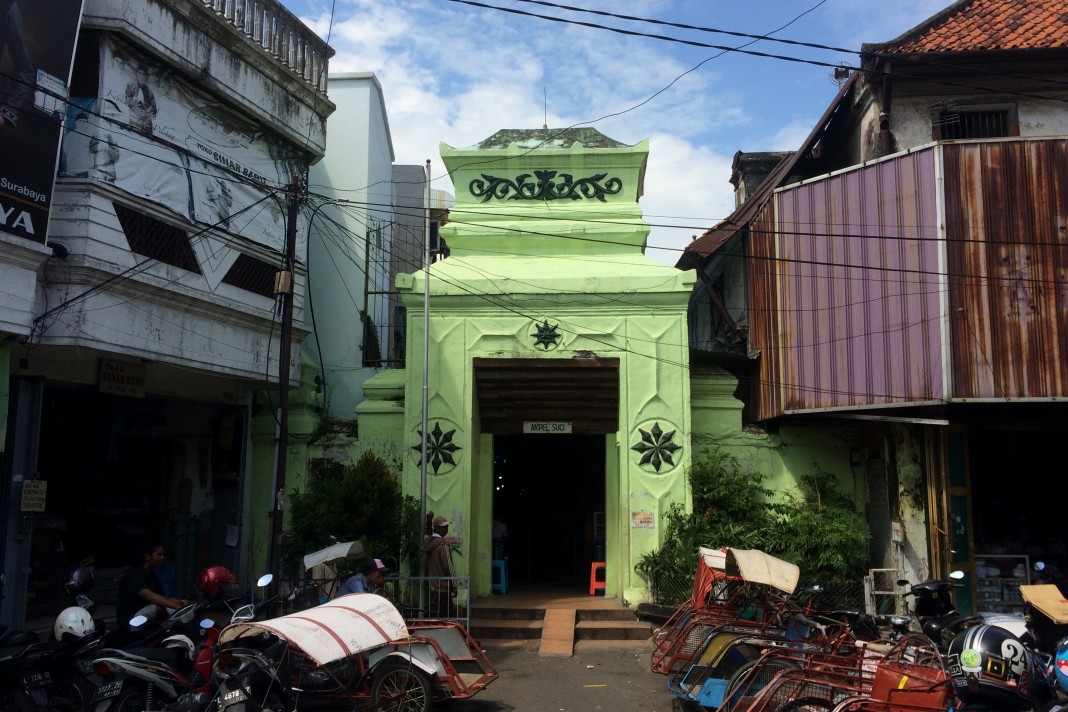Introduction
Indonesia’s East Java province is home to some of the country’s most breathtaking volcanic scenery (sometimes literally), the star attractions being the awesome Bromo-Tengger massif and Kawah Ijen spewing out its blue fire and molten sulphur for a daily show. But it’s not just nature’s bounties, humans have had their hand on this land for eons and ancient temples pepper the rich landscape too. More recently colonial endeavours have added to the architectural environment and relics from these times can be visited in the port city of Surabaya and cool hill retreat of Malang as well as fascinating legacies in the still-working factory and plantation at Glenmore near Kalaibaru.

As most first time visitors to Java fail to allow enough time to have much of a look around, travellers often end up doing much of the following on arranged tours, especially out of Yogyakarta. These trips, generally travelling west to Bali, are a good way of knocking a few of the top shelf destinations off the list, but they are invariably rushed with little time to really appreciate what you are doing and seeing. Our advice? Avail yourself of Java’s solid rail network, along with a solid two weeks (rather than two days) and have a proper poke around.
Getting around
The Dutch did well in East Java building rail lines criss-crossing many of the areas of interest to travellers today, and making getting from A to B relatively straightforward. When there is no railtrack—such as up the volcanos—a train-like convoy of jeeps takes over the job. Occasionally during the rainy season, heavy falls cause landslides and disruption even to the most punctual of rail services, and volcanoes, they can be finicky too, blowing off poisonous gasses and ash occasionally closing them (and airports) to visitors.

When to go
Java’s wet season runs roughly late October to late February, but has been known to extend a month or more in either direction. During this time, road travel is fine on the major roads, but landslides do happen and there can by trip disruptions. Heavy rain can also cause delays on the rail network. If you’ve got a date with a long haul international flight, be sure to allow enough wiggle room to make sure you don’t miss it. If you’re planning on climbing volcanoes, bring protective cold weather gear—even in dry season, and consider packing a filtered ventilator for times when the gasses pump. If your trip plans coincide with Ramadan book rail travel as far in advance as possible or consider changing your trip and pick another island in Indonesia, as at this time the entire population of Java is on the move, and if you think the railways are congested, you should see the roads!
Day by day
Day 1: Surabaya
Surabaya, East Java’s provincial capital and Indonesia’s second largest city after Jakarta doesn't see a huge number of foreign tourists, and those that do pass by, well they most often just pass by. Our advice though, is to take a day or two and add this gritty but fascinating historical port city to your itinerary.

Whether you choose the renowned five star Majapahit Hotel or its lesser cousin Hotel Paviljoen or any other option, sling your bags in the room and head out to explore, but head out hungry as there’s plenty of grazing of the city’s gastronomical delights to be done as you wander about.
Check out the House of Sampoerna cigarette museum or perhaps the Monumen Kapal Selam, a museum within a submarine. Seek out a hidden Buddhist sculpture or just soak up the vibe of this multicultural city in the different ethnic enclaves—visit the Chinese-style Zheng He Mosque or the atmospheric old Dutch graveyard, wander the souk-like Arab quarter and discover the city’s other colourful markets.
Day 2: Surabaya: Trowulan
If for no other reason, Surabaya is worth adding to your itinerary to visit one of the most significant historical sites in the whole of Southeast Asia, Trowulan. Wait, what? you’ve never heard of it? A day trip from Surabaya, Trowulan was the seat of the influential 13th–15th century Hindu-Buddhist Majapahit Empire whose interests stretched as far as mainland Southeast Asia.

Trowulan is pretty much in ruins, but is a major areological site with a handful of small restored temples, admittedly not as impressive as Borobudur but anyone interested in history will most likely be blown away. The trip can be done by private car, but if you like an adventure, is possible by public transport too, just leave very early.
... Travelfish members only (Full text is around 1,200 words.)Log in to Travelfish
Please sign in to read the rest of this page. The full text is around 1,200 words.
Become a Travelfish member
Choose from $10 week-long through to a lifetime membership.
Reviewed by
Sally Arnold
Sally spent twelve years leading tourists around Indonesia and Malaysia where she collected a lot of stuff. She once carried a 40kg rug overland across Java. Her house has been described as a cross between a museum and a library. Fuelled by coffee, she can often be found riding her bike or petting stray cats. Sally believes travel is the key to world peace.